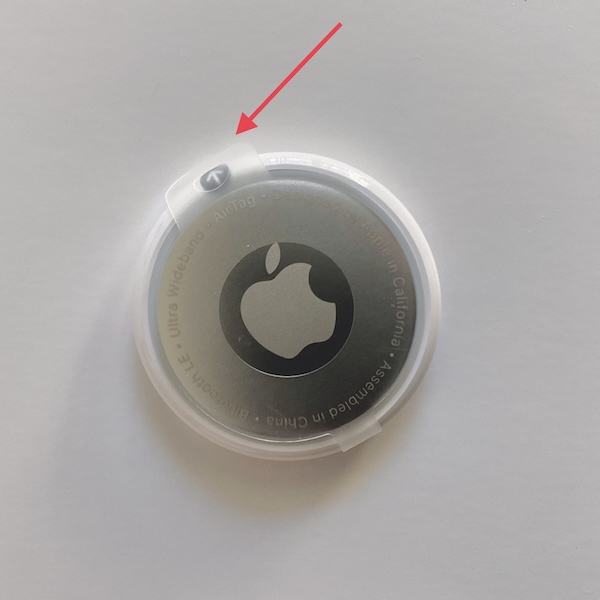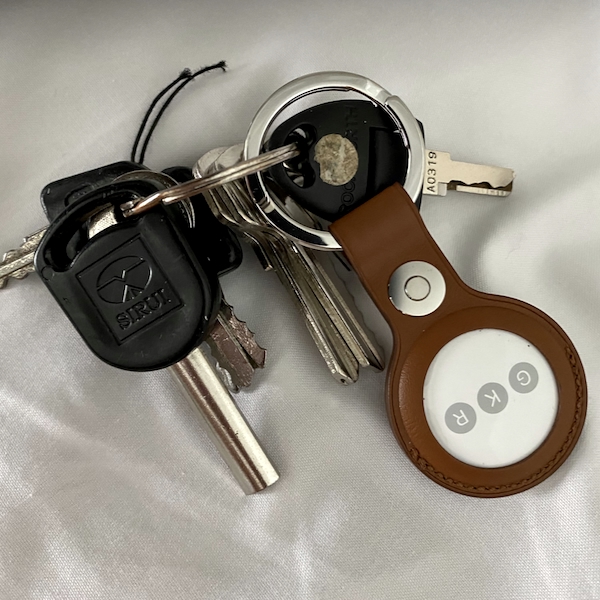|
|
Monday Comment: More on Future Releases; Weakening the App Store Walls; Working with Apps and Devices at HomeBy Graham K. Rogers
An odd bug in current versions of iOS has been found and it may cause the iPhone to lose all WiFi connectivity, Tim Hardwick on MacRumors reports. Entering a network name (this is in the article) that has several % symbols in it, appears to produce an input parsing issue whereby iOS mistakenly interprets the letters following the "%" as a string-format specifier. I am not sure why anyone would use such an odd name, although I agree with using a mix of symbols in a network name or password, but it would be wise not to use this one.
I was still unable to access web pages, email, or connect with FTP (file transfer protocol - used for uploading and downloading files). Browser and FTP software reported that the server could not be found, which might also indicate a DNS problem. The Support staff gave it another try and the site was back by lunchtime, but not before a long time reader had given me a heads-up.
For the last three or four motoGP meetings, however, I have experienced a problem with the app. Every time I go to use it, I am asked for login details, where for the last couple of years I have been automatically logged in. When I use the iPhone or iPad, login is automatic there as it has always been. Anyone who has used the Apple TV Remote knows that it is not easy to type in details, although the Remote app on the iPhone has made this better.

Screenshot of Moto3 Race, Sachsenring
I sent a comment about my problems to Dorna as the Moto3 race was starting, and was surprised to see a reply soon after. I would have thought they were busy enough at the time so would not have been disappointed if a reply had come the next day. A number of suggestions were made and I will try these out to see if the performance improves.
I am quite happy for that to continue. I have never needed apps that would need jailbreaking the phone to be installed. That is also called side-loading by some. It is allowed over at Android and that does not really have a strong reputation for security. On the other hand, it is possible to load apps on the Mac from non-authorized or -registered sources and even Apple admits that this reduces the security: no viruses (check the definition), but malware does exist for the Mac (Trojans, keyloggers, phishing et al). I have a real problem with the idea put forward by Vestager last week that it is only a matter of time before there is a second App Store on iOS. This should come with a serious (digital) health warning and I do not see me using it. Others are suggesting that the App Store should be split from Apple. Again this is a risk. From what I have seen historically, breaking up companies does not usually bring about the result legislators or courts intended: take Ma Bell as a warning. On the other hand, mega-mergers are not always effective. A look at the decline of the British car industry should examine the way the main companies merged particularly in the 1970s then declined and died.
Along with fingerprints, palm prints and electronic cards, facial recognition is also used in companies for identification of personnel and to allow them to enter a building or specific areas. However, Michael Zhang (PetaPixel) reports that the system used by a branch of Canon in China adds "smile technology" to make sure there are only happy people entering. The intention is to "to create a more pleasant working atmosphere and improve efficiency", although some employees do not exactly see it that way and complain that they feel the company is manipulating their emotions with this intrusive use of technology.
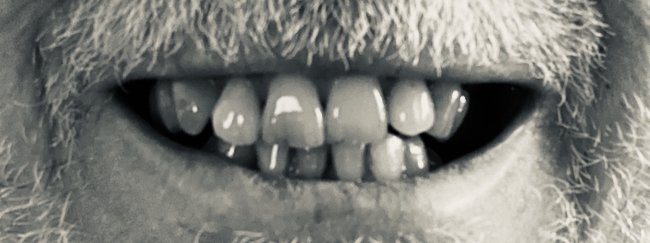
Is there anything more dull than data privacy? Blame George Orwell. The dystopian vision of Nineteen Eighty-Four, with Big Brother ever-watching the citizens of Oceania through the telescreens on their walls, became so iconic that any threat to privacy less visceral must seem banal. Smile please. . . .
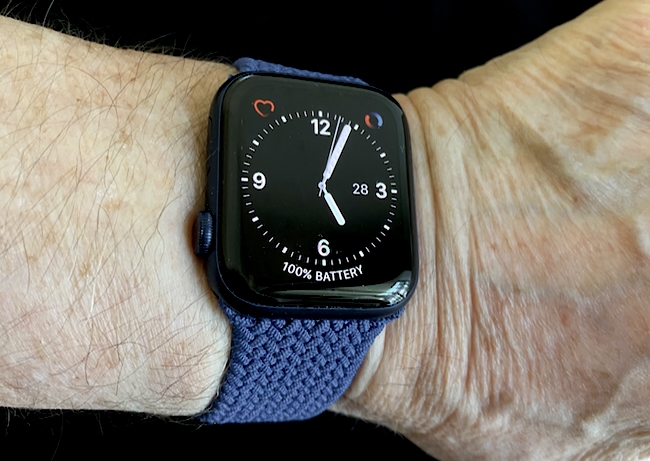
I have, however, managed to activate the Fall Detection in a chair. Not any old chair, but one of those smart-looking office chairs that can be rotated and with the back that can also be moved. On a couple of occasions, leaning back quickly in one of those has started the process of calling friends and emergency services. The user has a warning that this is about to happen, but if that is ignored (for example if the person is unconscious) the Watch goes right ahead and makes the calls. A number of people have been helped by this too.
The process is triggered by a long press on the side button (not the Crown) even though this button is flush with the Watch body. Who knows what we do when we are asleep? There is no reason in the article for why Kansas is particularly affected, or if this is happening elsewhere. I have managed to trigger this once in a while (while awake) but that was usually when I was trying to do something else. It can also be used just to turn the Watch off.
While looking at this and thinking how to set up these AirTags, I decided an additional keychain would be useful: I have keys for office and home. In the Siam Paragon iStudio, I looked at these and found that only two colors were available, so as I have a blue one, I bought a brown leather one too. The three remaining AirTags were still in the pack and each is wrapped in plastic. This is not just aesthetic. Separating contacts prevents the completion of an electric circuit: no current flows. That is what a switch does. A tab that is part of the plastic covering, separates contacts, so when the plastic is pulled off, the current flows and the process of pairing begins with a tone to let users know they can start. The iPhone recognizes the device and the user is offered the chance to connect.
Graham K. Rogers teaches at the Faculty of Engineering, Mahidol University in Thailand. He wrote in the Bangkok Post, Database supplement on IT subjects. For the last seven years of Database he wrote a column on Apple and Macs. After 3 years writing a column in the Life supplement, he is now no longer associated with the Bangkok Post. He can be followed on Twitter (@extensions_th) |
|

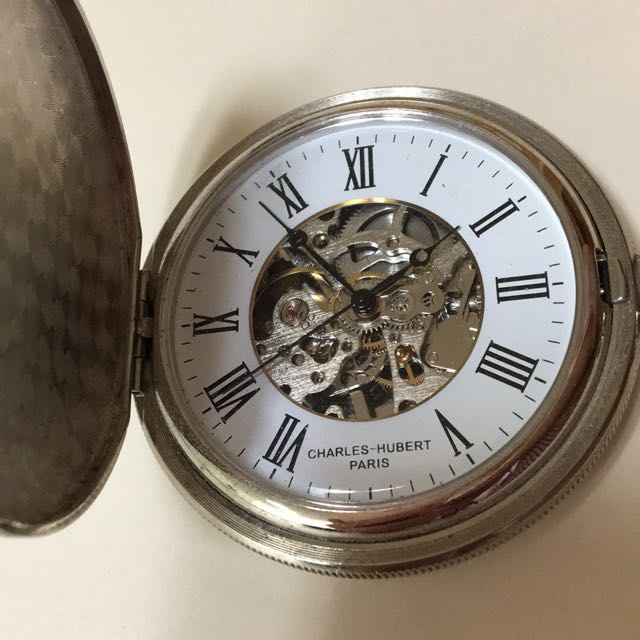
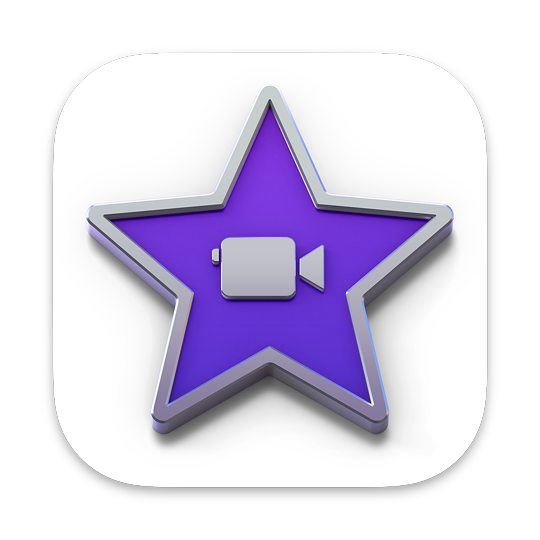
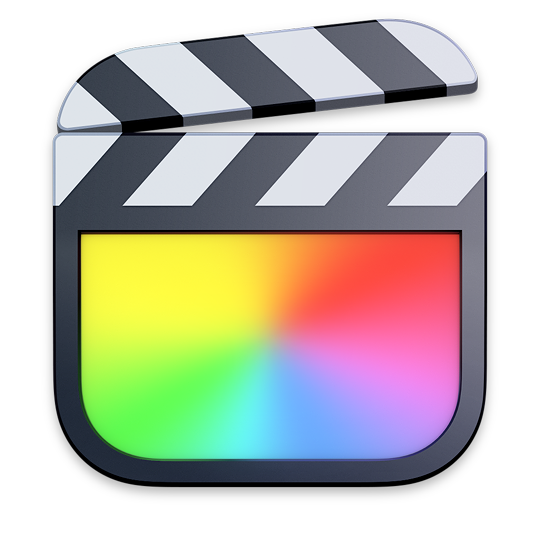


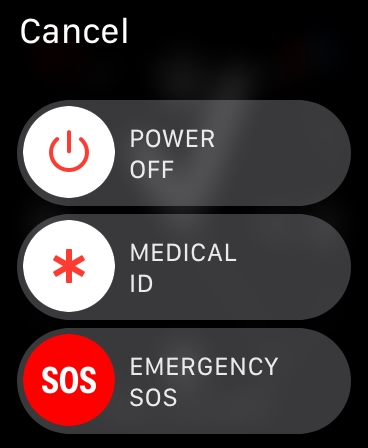 I stopped the calls once I realized what was happening as I was OK. If a user is asleep when the Watch detects a problem, that is a different matter.
I stopped the calls once I realized what was happening as I was OK. If a user is asleep when the Watch detects a problem, that is a different matter. 